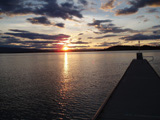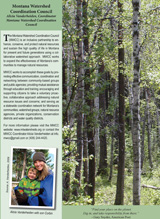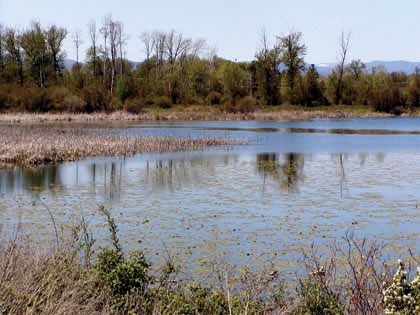What is a Watershed?
|
We All Live Downstream
We all live in a watershed and we all live downstream. A watershed is an area of land that captures, stores, and sheds water. The water that flows from the land eventually drains to a stream, river, or other body of water from which most watersheds get their names. Watersheds provide hydrologic functions such as collecting water from rainfall, storing it, and releasing it as runoff. They also perform ecological functions by supplying diverse sites for natural chemical reactions to take place, and providing habitat for plants and animals. As we watch snow and rainwater shed from mountaintops to rivers, streams, wetlands, marshes, and lakes, we are watching our watershed at work. Healthy watersheds are recognized as the backbones of sustainable human and ecological communities.
Watersheds are also referred to as drainage basins or catchments. Hydrologists use the term watershed to describe an area of land or drainage basin that discharges its surface waters through a single outlet.



